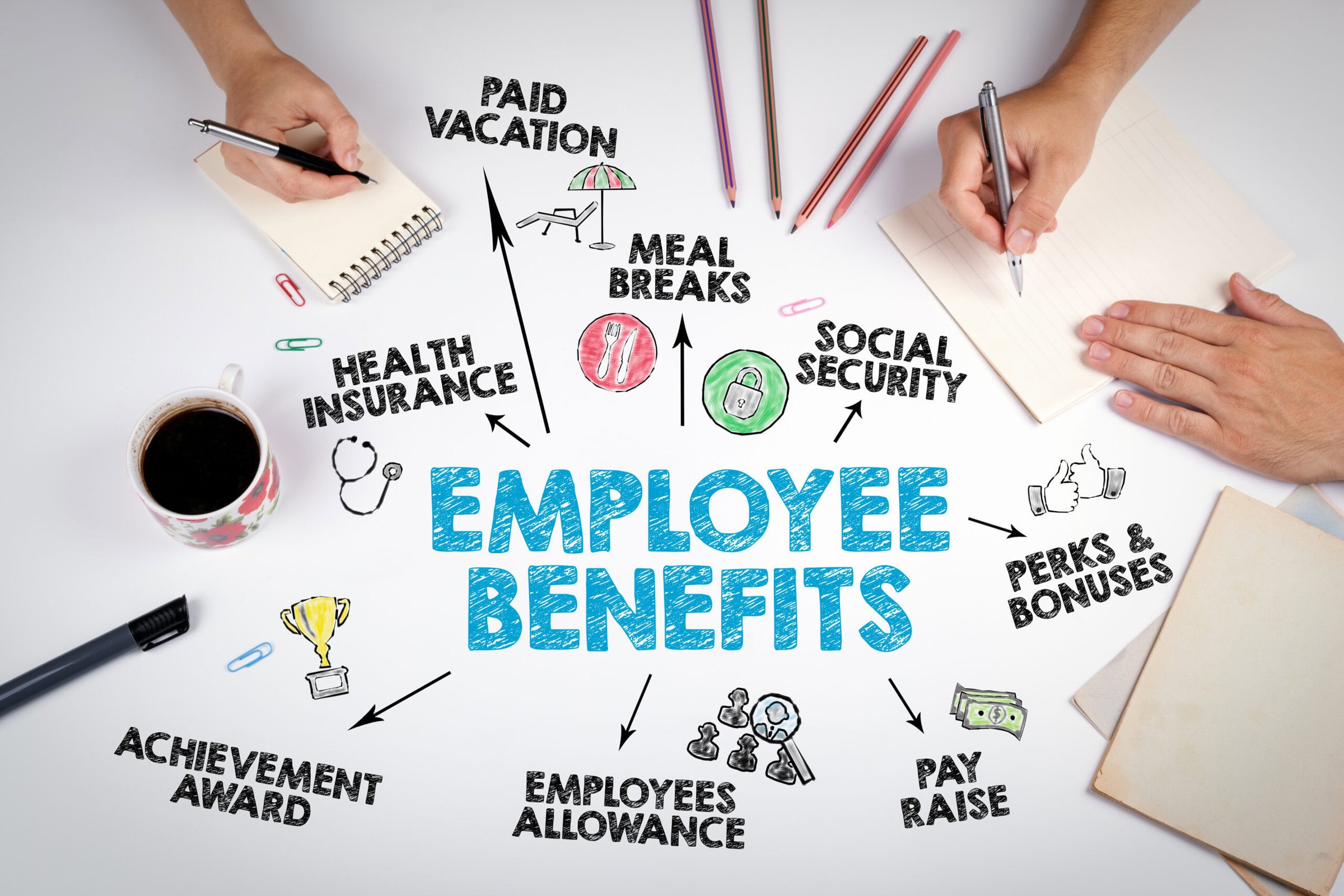Some job candidates assume that not-for-profit organizations offer lower compensation than for-profit companies do. If your nonprofit has open positions, this can be a difficult hurdle to overcome — particularly if you don’t have the budget to compete with for-profit businesses. However, you may be able to offer fringe benefits that won’t take a big bite out of your budget. Review your benefits menu to see if it could use some enhancements.
Competitive advantage
A comprehensive fringe benefits package can be worth its weight in gold. In fact, a survey by workplace review site Glassdoor found that 80% of employees prefer additional benefits to comparable pay hikes, and 60% say benefits played a big role in accepting a job. Workers indicate they favor better benefits because they provide greater flexibility and job satisfaction in the long run.
Your benefits may also enable you to distinguish your organization from nonprofits with similar missions. An applicant inclined to work for an organization that supports a worthy cause may opt to accept one nonprofit over another if it furnishes more benefits and more flexibility to use them.
Saving on traditional benefits
When asked to name a common employee benefit, most people probably would name health insurance. This benefit is also typically the most expensive for employers to offer. You can help defray your organization’s costs by asking staffers to pay a greater share of the premiums, but then help make up for it by offering greater wellness benefits, such as discounted gym membership and cash incentives for healthy living. These tend to be affordable add-ons to health care plans.
Retirement savings plans can also be costly to sponsor. However, nonprofits are no longer limited to offering 403(b) plans, they can also adopt 401(k) plans. Traditionally provided by for-profit entities, 401(k) plans tend to have lower expenses and fees for both employers and employees. One of the most cost-effective plans is the Safe Harbor 401(k), which has lower administrative burdens. Talk to a benefits expert to learn more.
Alternative offerings
According to data-analysis nonprofit Candid, almost 70% of nonprofit staffers are female. Because women are more likely than men to be tasked with child and elder care, consider offering a dependent care FSA (if you don’t already). This pre-tax account allows employees to save for dependent care expenses.
Also, think about offering parental and adoption leave, and short-term disability insurance. These can help staffers and their families maintain financial stability during stressful times. And you might want to consider training and education reimbursement programs and other career advancement initiatives.
Finally, don’t overlook time off incentives. Many employees rank work/life balance as their top priority. Your organization may want to grant employees extra time off to handle personal matters or simply to enjoy R&R. Such benefits usually can be offered as paid time off, personal time, sick leave or vacation time.
No magic formula
The “magic” formula that enables you to land and retain the best talent can be elusive. Some workers simply want higher compensation, and there’s probably nothing you can do about it. But if you spiff up your benefits menu (keeping an eye on costs) and highlight it when recruiting staffers, you’re more likely to attract the attention of job candidates. Contact us for more information.
© 2024


